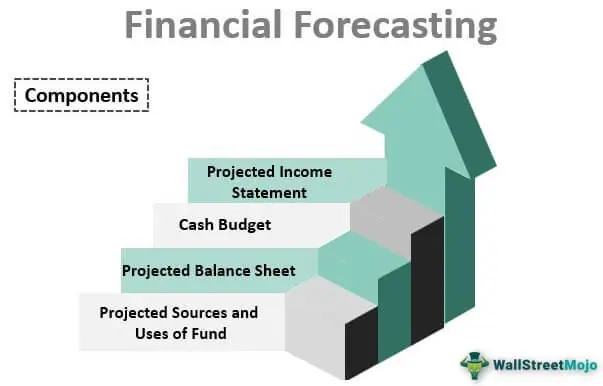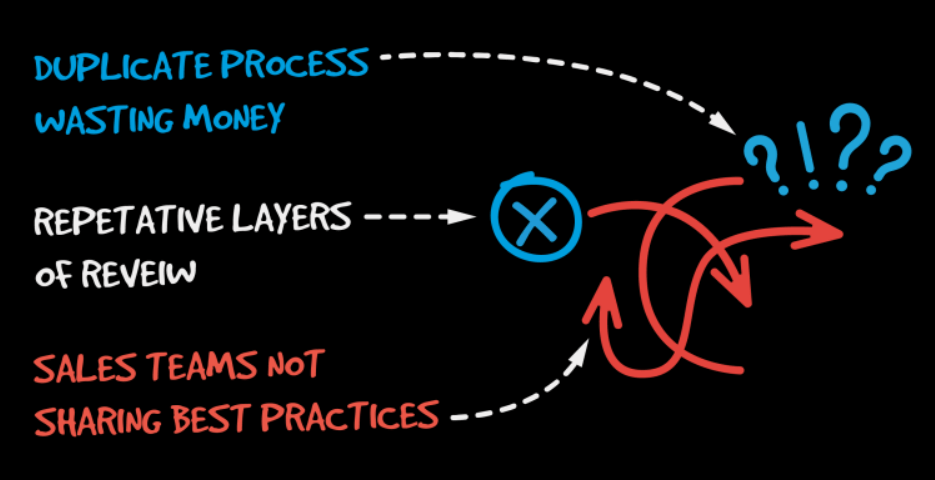The bigger an organization becomes, the more challenging it is to stay on top of everything happening. This is especially true for financial institutions, as they must regularly facilitate very high volumes of transactions, each of which must comply with legal or shared standard requirements. This is on top of all the marketing, customer relations management, supply chain optimization, and countless other information-intensive activities that they also need to oversee. Which questions the need for finance modernization!
Investing in a modern finance solution is the first step institutions should take to manage the complex data streams from these activities and to put all this information to good use. Here are just some ways better finance systems can help you harness the potential of big data.
7 Ways Finance Modernization Can Help Financial Institutions Take Advantage of Data
Now that you have a basic sense of why financial institutions must adapt to finance modernization. Let's dive into ways seven ways finance modernization can help financial institutions take advantage of data:
Improves Organizational Adaptability and Resilience
Modern finance software is optimized to take full advantage of improvements in computing power. This means that it’s almost always faster and more efficient than previous finance software generations.
In practical terms, this permits a faster decision-making cycle, which is a requisite for organizational agility. This, in turn, improves the resilience of organizations by allowing them to act and adapt almost as soon as external events happen. This improved adaptability is most evident in supply chain performance. As with any other type of business, financial institutions rely on a series of internal and external actors to deliver their services to their clients.
One such example of an external supply chain link in finance is office and storefront, space providers. Leveraging finance modernization by using a cloud-hosted finance system that could be accessed anywhere can empower lenders to move away from the geographically bound brick-and-mortar model. This may make them resilient to events that prevent normal operations, such as natural disasters, pandemics, political instability, and localized economic downturns.
Permits Better System Integration and Automation
Financial services CRM software is designed to better integrate with myriad data-gathering systems, and this is particularly true for software suites designed by the same developer.
This means that organizations are empowered to implement all kinds of useful process automation scripts, even when data is contained in systems outside the finance software.
This also means less human input is required to manage and resolve data from different sources, resulting in massive time savings, better data accuracy, and smoother processes.
This is all particularly compelling for financial institutions, which stand to benefit tremendously from improved automation. Improvements in integration and automation enabled by newer systems can obviate the need for lenders to maintain large teams simply to maintain target service levels.
In other words, these new systems will improve security, service availability, and customer experience even as they reduce the cost of serving each client.
More Accurate Financial Forecasts
As a rule of thumb, the more data you can draw from and process, the more accurate forecasts become. The more data you can use, the fewer blind spots there are, which can result in better overall accuracy.
The expanded capabilities and better integration of finance modernization systems make it possible to process larger data sets from more sources. When combined with better machine learning and AI capabilities, the load on human data analysts can be decreased further, permitting extremely large data sets to be crunched more easily.
This, in turn, allows financial forecasts to be more accurate and detailed, reducing the institution's risk exposure.

This quantum leap in forecasting quality makes it possible for lenders to do things that would otherwise be impractical because of unknown risks. For instance, they can leverage these improved forecasting capabilities to develop service offers in unfamiliar markets.
Normally, doing such a thing takes plenty of testing and validation before the service can be rolled out earnestly. This could lead to a loss of momentum and market share.
Having powerful, data-driven forecasting capabilities could help truncate this process significantly, empowering financial institutions to act as soon as market trends become visible.
Realistic Goal-Setting
While better forecasting could be used to help institutions take the initiative, it could also be used to help them meet their goals. The ability to leverage data and accurately model future scenarios also makes it possible to have more realistic expectations.
With organizations now in a race to out-innovate their competitors, it can become all too easy to overestimate what could be done, potentially overextending one’s finances.
Having modern financial systems in place can help institutions assess a wider range of risk factors more accurately, permitting more realistic and sustainable short-term goals for growth.
The improved integration enabled by new systems also helps remove the variability presented by manual data wrangling, ultimately increasing data transparency and accuracy.
This essentially means that decision-makers have a more realistic idea of their institution’s position, which may help improve the quality of their goal-setting.
Powerful and Accessible Reporting
It’s one thing to crunch massive amounts of data. It’s another thing entirely to present it in a compelling and insightful way.
Report functionality in an often-overlooked part of finance software. However, the ease with which users can extract, process, and present data can significantly impact an organization's agility. Without accurate easily-understood reports, decision-makers can easily misinterpret data or fail to make timely data-driven choices.
It’s been proven time, and again that report generation makes a meaningful difference in aiding decision-making. Decision-makers in financial institutions don’t always have the bandwidth to explore complex reports in detail. Therefore, good report functionality can help create reports that are information-packed yet clear and accessible.
Effective finance systems don’t just help users collate and process data — they also aid in presentation and decision-making. Better reporting features in new software make it easier for managers and executives to confidently leverage information, allowing the institution to make needed changes at short notice.
Reduces Organizational Friction Points
“Friction points” are things and situations that impede the flow of different business processes. Friction points can be a major impediment to the agility and viability of an organization. The larger an organization is, the more friction tends to build up, given that often more actors are involved in each decision.

As financial decisions tend to have multiple actors behind them, it’s unsurprising that these are among the most difficult processes to smooth out. Upgrading finance systems to modern standards will often help remove procedural roadblocks in the initial audit during the transition phase and after implementation.
Manual data management and consolidation is the most obvious friction point removed by new finance systems. However, it isn’t the only one.
The better data transparency and reduced workload offered by new systems can also allow finance teams to easily spot issues in the different transaction processes. Steps that are unnecessary or incur unacceptable running costs can be addressed with minimal effort.
Removing these steps further improves the institution’s overall efficiency as well as its ability to respond to various external changes.
Permits Decisions That Align with Long-term Goals and Core Values
Data blindness is a situation where an organization has data available but is unable to leverage it effectively. Institutions suffering from data blindness may not know what data they have or how it relates to their clients and organization.
Unfortunately, this situation is also commonplace in finance, given the enormous mountains of data lenders need to sift through for each transaction.
As a result, data-blind organizations are often fixated on short-term gains, as these are often easier to manage and may give a dangerous illusion of progress. Over time, the cumulative effect of these misplaced choices can steer the institution toward a direction that is no longer in line with its stated values.
Getting bogged down in mountains of uncontextualized data will inevitably result in managers and business owners being unable to fully understand the consequences of their decisions.
Thankfully, data blindness is an issue current generations of finance software are explicitly designed to solve.
Better financial systems empower decision-makers to keep their institution on the correct path. By making data more transparent, manageable, and useful, these systems permit managers to make financial decisions aligned with their institution's overarching goals.
This helps strengthen branding, limits risk and prevents the business from straying from its mission and vision.
How to Use Big Data to Your Advantage
When set up properly, finance modernization lets organizations intelligently maximize their investments while limiting their risk exposure, resulting in better-managed growth. They also help reduce dependence on fallible human labor in data management, effectively giving smaller institutions capabilities that were previously reserved for much larger organizations.
Choosing the right finance solution enables institutions to harness the power of big data and frees decision-makers to focus on higher-value tasks. This ultimately results in growth that is not only data-driven but also purposeful and sustainable. By choosing finance software solutions conscientiously, leaders can guarantee better competitiveness as well as a more value-guided and sustainable way of doing business.














Leave a Reply